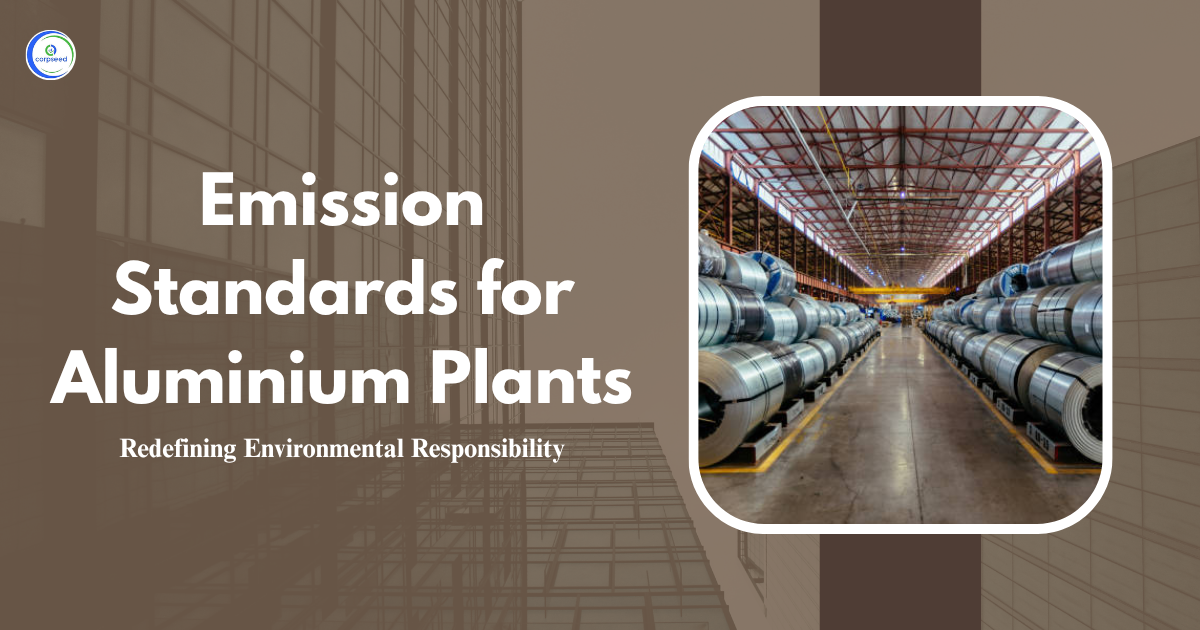Sponge Iron Plants (Rotary Kiln) are an integral part of the steelmaking industry, making sponge iron through the reduction of iron ore. However, these plants also produce a major amount of environmental pollutants, including emissions of gases, particulate matter and effluents, which can have serious impacts on air, water and soil quality. To reduce these environmental risks, emissions and discharge of pollutants through regulatory agencies like Central Pollution Control Board (CPCB) and State Pollution Control Boards (SPCB) across India. These standards aim to mitigate the impact of Sponge Iron Plants (Rotary Kiln) on the environment, thereby ensuring sustainable industrial operations.
Table of Contents
- Sponge Iron Plant (Rotary Kiln) and its Environmental Pollutants
- How Emission Standards Affect the Environment and Public Health
- Key Pollutants of Sponge Iron Plant (Rotary Kiln)
- Significance of Emission Standards for Sponge Iron Plants
- Effluent Standards for Sponge Iron Plants
- Monitoring and Reporting
- Conclusion
Sponge Iron Plant (Rotary Kiln) and its Environmental Pollutants
Sponge Iron Plants (Rotary Kilns) play an important role in India’s steel production process, transforming iron ore into sponge iron using coal as a minimizing agent. Although the process is energy-rich and important for the manufacture of steel, it results in a variety of environmental pollution. These include:
- Air Pollution: Emission of gases like carbon monoxide (CO), carbon dioxide (CO2), nitrogen oxides (NOx), sulfur dioxide (SO2), and particulate matter.
- Water Pollution: Effluents that often contain suspended solids, oils, and chemicals from the production process.
- Noise Pollution: Continuous operation of kilns and machinery generates noise, affecting local biodiversity.
- Solid Waste: Solid Waste such as slag and ash from the reduction process can contribute to soil contamination if not disposed of properly.
How Emission Standards Affect the Environment and Public Health
Adherence to emission standards has a direct and substantial impact on the environment. By implementing emission standards, adverse effects on the environment and human health can be minimized, leading to a healthier and more sustainable industrial environment. The number of pollutants emitted during sponge iron production can lead to numerous environmental issues, including:
- Air Quality Degradation: High emissions of CO2, NOx, and particulate matter contribute to smog, acid rain, and global warming.
- Water Contamination: Discharge of untreated waste into water bodies results in chemical pollution, which affects aquatic life.
- Health Risks: Pollutants like sulfur dioxide (SO2) and carbon monoxide (CO) can lead to respiratory problems and other health concerns among surrounding communities.
- Biodiversity Loss: High noise pollution and contamination of local ecosystems can disturb wildlife and plant species, affecting biodiversity.
--------------Blog Contact Form-------------
Key Pollutants of Sponge Iron Plant (Rotary Kiln)
Sponge Iron Plants (Rotary Kilns) are well known for producing several pollutants during their operation. These pollutants accumulate wide-scale effects on the environment, and their regulation is crucial for sustainable production. Some of the most significant pollutants include:
- Particulate Matter (PM): PM produced during coal combustion and iron ore reduction can cause respiratory problems and deteriorate air quality.
- Carbon Monoxide (CO): A toxic gas caused by incomplete combustion, CO can cause serious health problems when inhaled.
- Carbon Dioxide (CO2): A greenhouse gas that is responsible for global warming, higher CO2 emissions contribute to climate change.
- Sulfur Dioxide (SO2): SO2 is emitted when sulfur-containing fuels or ores are burned, which can cause acid rain and respiratory diseases.
- Nitrogen Oxides (NOx): NOx gases contribute to the development of smog, acid rain and also affect the respiratory system.
Significance of Emission Standards for Sponge Iron Plants
The implementation of emission standards of Sponge Iron Plants (Rotary Kilns) plays an important role in the protection of both the environment and human health. Below are a few key points highlighting their importance of these standards:
- Reduction of Air Pollution: By controlling the emission of particulates, CO2, NOx, and other harmful gases, air quality in and around industrial areas can be significantly enhanced.
- Preservation of Water Resources: Waste discharge standards ensure that dangerous substances are not discharged into aquatic reservoirs, thus securing aquatic life and local water supplies.
- Public Health Safety: Limiting pollutants such as CO, SO2, and particles mitigates the risk of respiratory and cardiovascular diseases in neighbouring communities.
- Compliance with Regulatory Frameworks: Emission standards help companies adhere with legal frameworks such as CPCB or SPCB guidelines, preventing legal implications and fines.
- Promoting Sustainable Practices: Following emission standards promotes the adoption of cleaner technologies and methods, which contributes to sustainable industrial growth and development.
Effluent Standards for Sponge Iron Plants
Additionally, to controlling air pollution, controlling effluent discharge is another important area for Sponge Iron Plants (Rotary Kilns). Effluent discharge standards are set to control the quality of water discharged by these plants, confirming that harmful substances are not entered into natural water bodies. The key aspects of effluent standards include:
- Suspended Solids: Effluent should have a maximum level of suspended solids to avoid contamination of water bodies.
- Chemical Oxygen Demand (COD): COD levels should be kept under the prescribed limits to ensure that the effluent does not reduce oxygen levels in water bodies, which is essential for aquatic life.
- Oil and Grease: Sponge Iron Plants must treat their effluents to mitigate oil and grease content, which can be dangerous to aquatic organisms.
- pH Levels: Effluent pH should be within a neutral range to avoid acid or alkaline contamination in water.
- Heavy Metals: The discharge of heavy metals such as lead, cadmium, and mercury must be eluded as they can pose severe risks to both human health and the environment.
| S. No. | Industry | Parameter | Standards | ||
| 99. | Sponge Iron Plant (Rotary Kiln) | A. Emission Standards * | |||
| Fuel Type | Limiting value for Concentration | ||||
| Particulate Matter | coal | 100 mg/Nm3 | |||
| gas | 50 mg/Nm3 | ||||
| Carbon Monoxide (Vol/Vol.) | coal/gas | 1% | |||
| Stack Height** (minimum) | coal/gas | 30.0m | |||
| Note: - * Emission shall be normalized at 12% CO2 in stack emission. ** Stack height shall be calculated as H=14.0 Q 0.3 where Q is emission of Sulphur Dioxide (SO2) in kg/hr. i.e |
|||||
| SO2 | (kg/hr) Height (metre) | ||||
| Up to 12.68 | 30 | ||||
| 12.69 -33.08 | 40 | ||||
| 33.09-69.06 | 50 | ||||
| 69.07-127.80 | 60 | ||||
| 127.81-213.63 | 70 | ||||
Our Blogs: Standards for Emission or Discharge of Environmental Pollutants for Soft Coke Industry
Standards for Emission or Discharge of Environmental Pollutants for Large Pulp and Paper
Standards for Emission or Discharge of Environmental Pollutants for Small Pulp and Paper Industry
What are the Standards for Emission or Discharge of Environmental Pollutants for Ceramic Industry
Standards for Emission or Discharge of Environmental Pollutants for Cement Plants
What are the Standards for Emission or Discharge of Environmental Pollutants for Plaster of Paris Industry
Monitoring and Reporting
To ensure that Sponge Iron Plants (Rotary Kilns) adhere with emission and discharge substances, continuous monitoring and appropriate reporting is essential. Monitoring systems should be in place to regularly measure air quality, emission composition, and other important parameters. The data collected from these systems should be informed to the concerned authorities including CPCB and SPCB. These agencies help track compliance and recommend corrective action when required.
Moreover, self-reporting by plant authorities should include data on emissions, waste treatment, and other environmental parameters. Timely and correct reporting ensures transparency and responsibility, and it also helps identify those areas where improvement is compulsory.
Conclusion
Emissions and discharge standards of Sponge Iron Plants (Rotary Kilns) are an important part of ensuring environmental sustainability and guarding public health. These standards, implemented by agencies like CPCB and SPCB, control pollutants such as particulate matter, CO2, NOx, and minimize their impact on air, water and soil quality. By following these standards, Sponge Iron Plants can function proficiently while reducing their environmental impact. Proper monitoring and reporting of emissions further improves the efficiency of these regulations, ensuring that industries contribute to a cleaner and healthier environment.
By adhering to these emission standards, Sponge Iron Plants can establish a balance between industrial growth and environmental protection, which supports a sustainable future for all.
This portion of the site is for informational purposes only. The content is not legal advice. The statements and opinions are the expression of author, not corpseed, and have not been evaluated by corpseed for accuracy, completeness, or changes in the law.
BOOK A FREE CONSULTATION
Get help from an experienced legal adviser. Schedule your consultation at a time that works for you and it's absolutely FREE.
_Corpseed.webp)


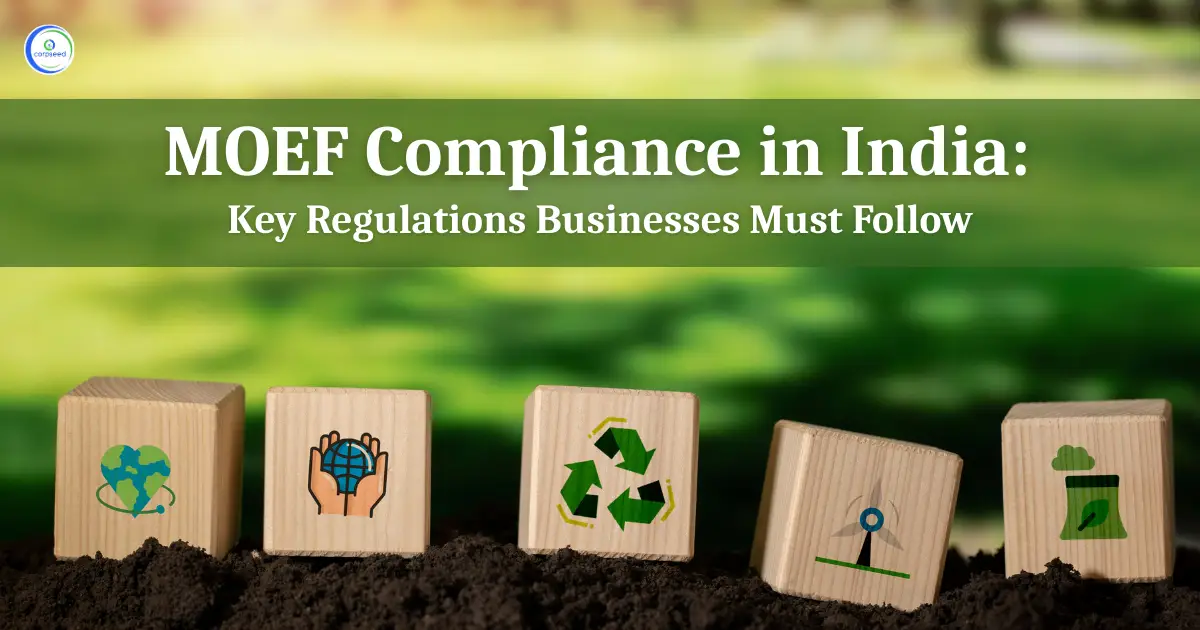
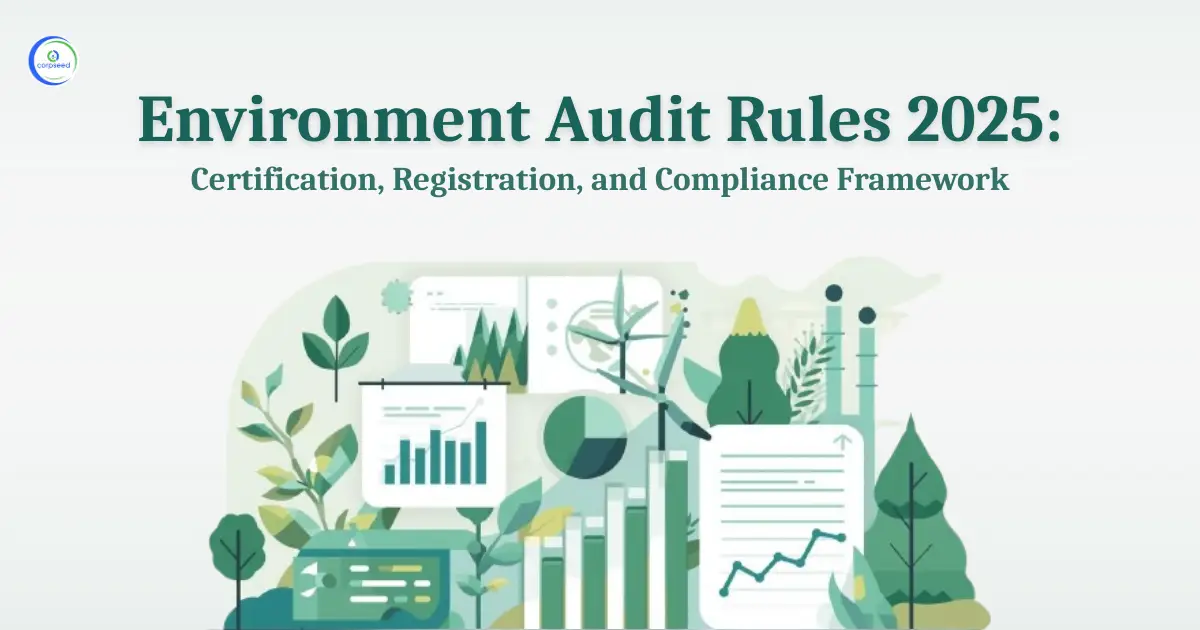
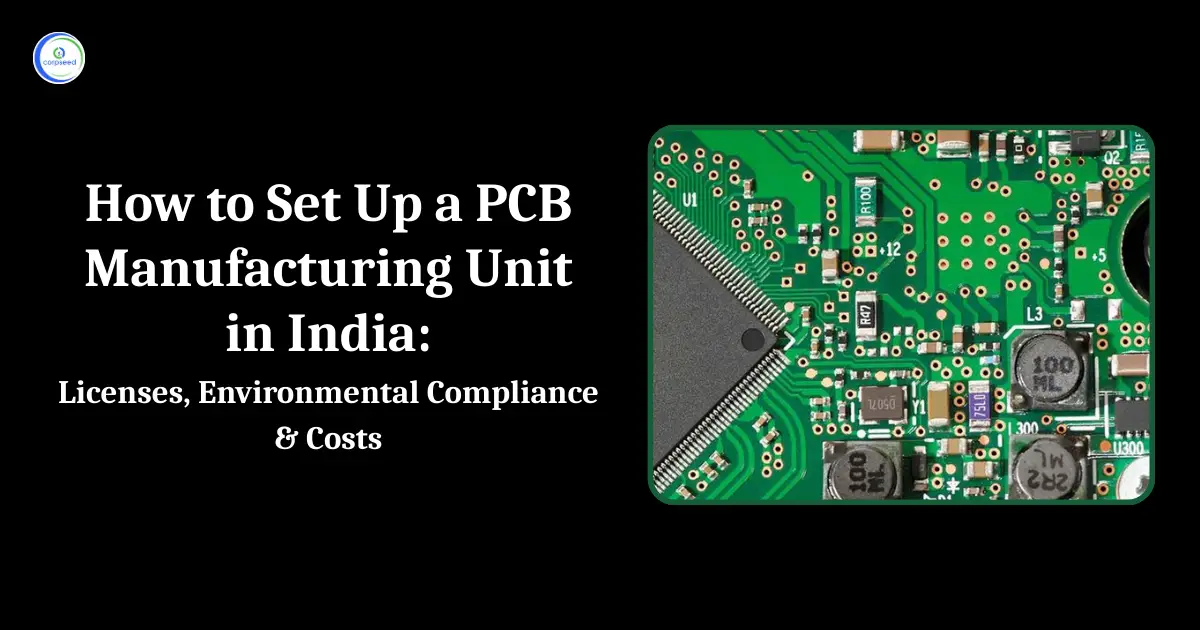
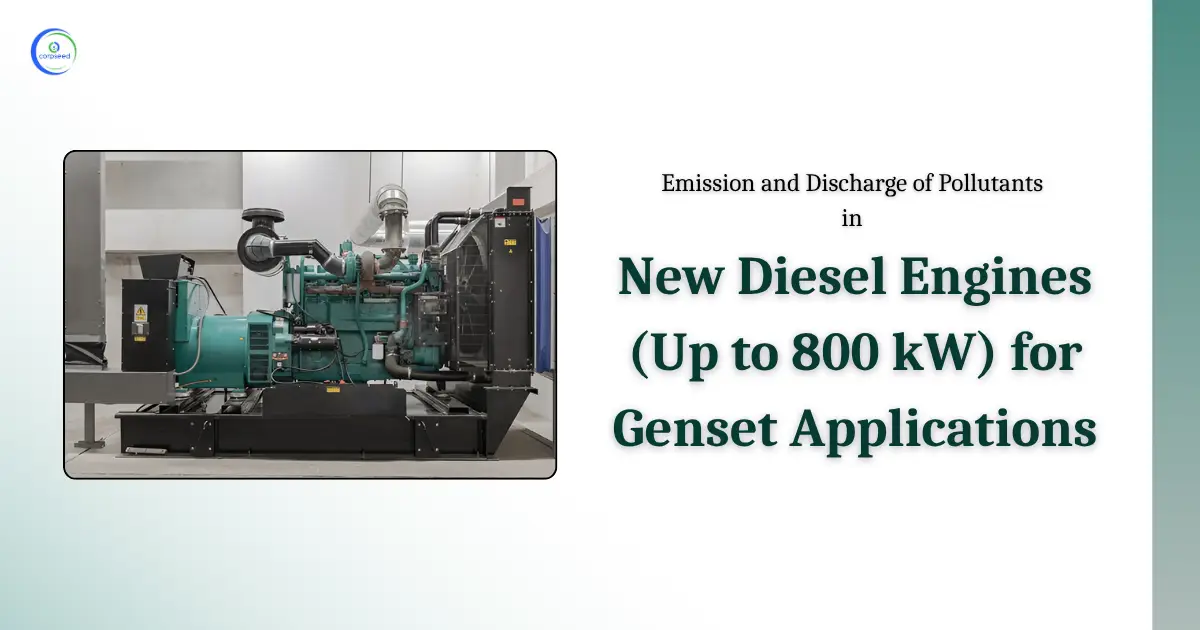
_Corpseed.webp)
.webp)
